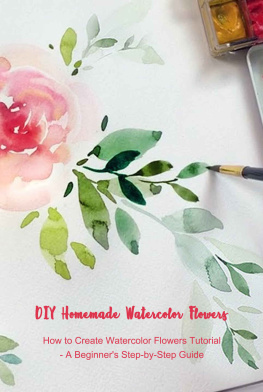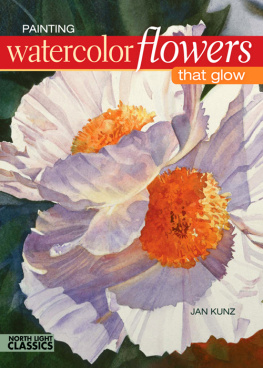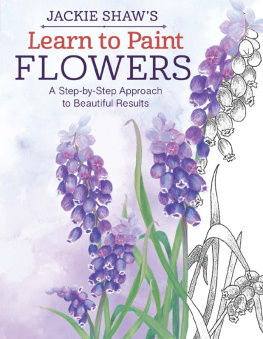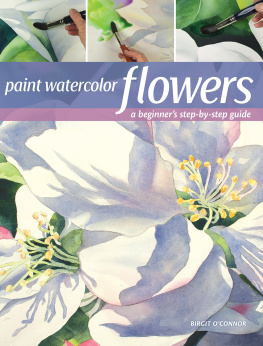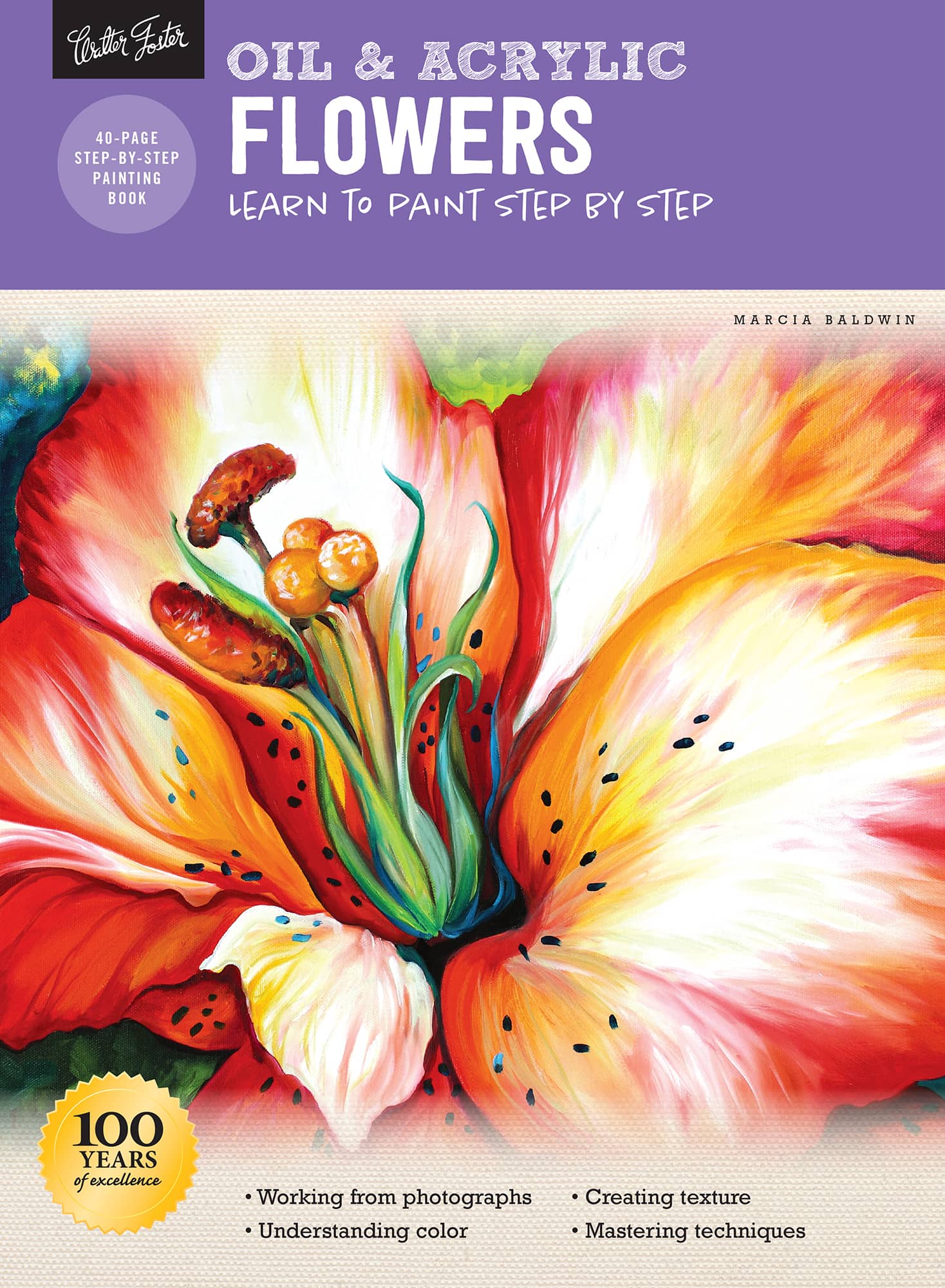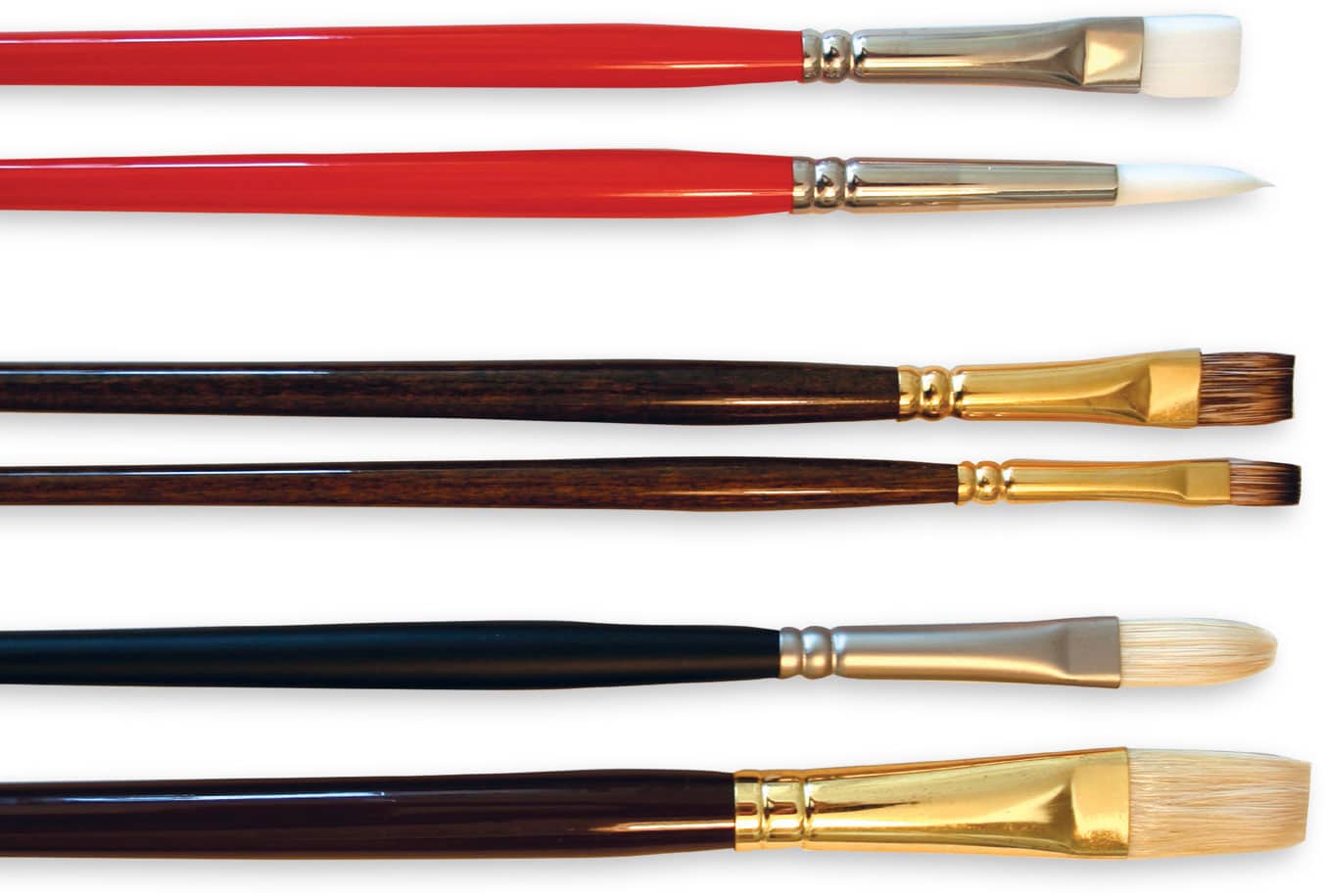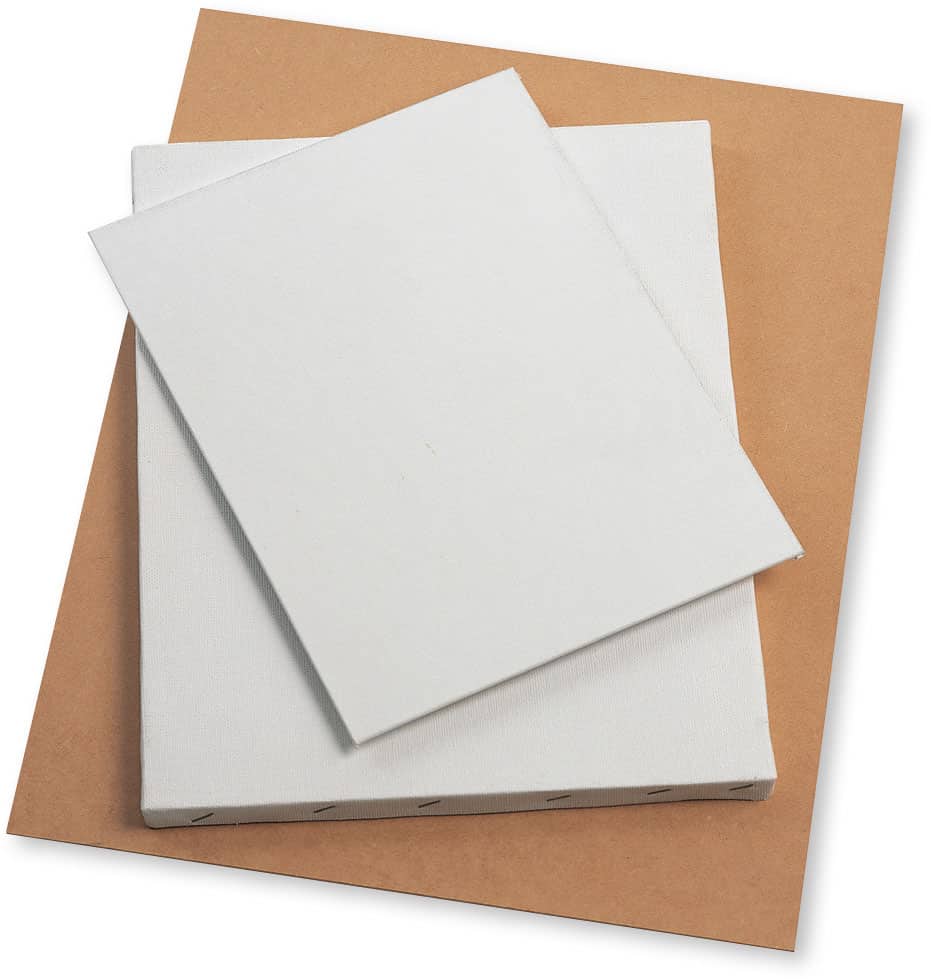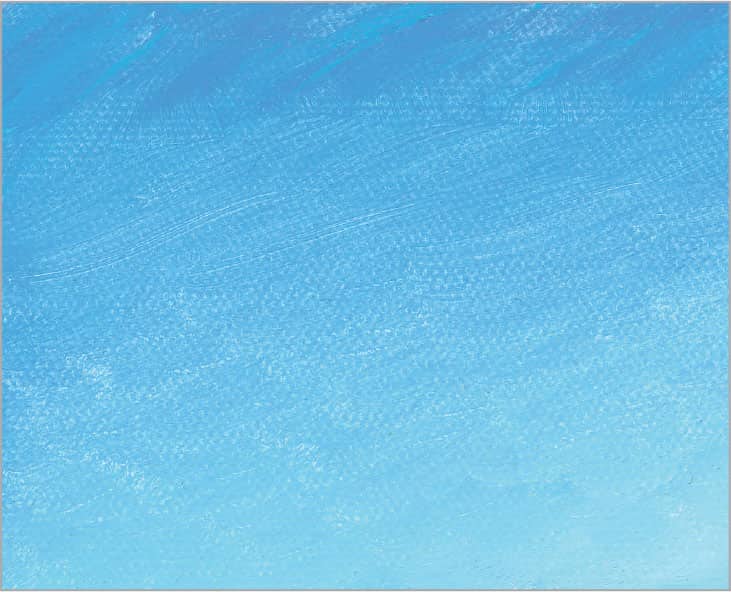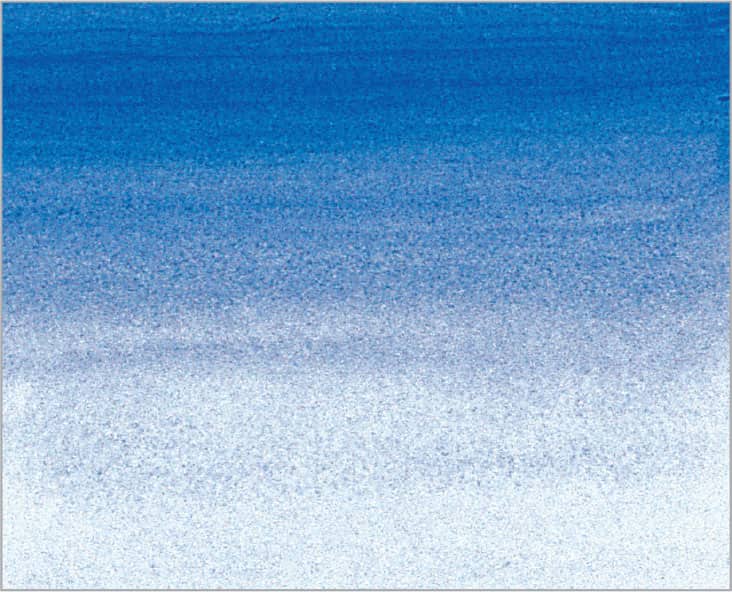Marcia Baldwin - Oil & Acrylic: Flowers: Learn to Paint Step by Step
Here you can read online Marcia Baldwin - Oil & Acrylic: Flowers: Learn to Paint Step by Step full text of the book (entire story) in english for free. Download pdf and epub, get meaning, cover and reviews about this ebook. year: 2020, publisher: Walter Foster Publishing, genre: Home and family. Description of the work, (preface) as well as reviews are available. Best literature library LitArk.com created for fans of good reading and offers a wide selection of genres:
Romance novel
Science fiction
Adventure
Detective
Science
History
Home and family
Prose
Art
Politics
Computer
Non-fiction
Religion
Business
Children
Humor
Choose a favorite category and find really read worthwhile books. Enjoy immersion in the world of imagination, feel the emotions of the characters or learn something new for yourself, make an fascinating discovery.

- Book:Oil & Acrylic: Flowers: Learn to Paint Step by Step
- Author:
- Publisher:Walter Foster Publishing
- Genre:
- Year:2020
- Rating:4 / 5
- Favourites:Add to favourites
- Your mark:
Oil & Acrylic: Flowers: Learn to Paint Step by Step: summary, description and annotation
We offer to read an annotation, description, summary or preface (depends on what the author of the book "Oil & Acrylic: Flowers: Learn to Paint Step by Step" wrote himself). If you haven't found the necessary information about the book — write in the comments, we will try to find it.
With comprehensive instruction, plenty of artist tips and tricks, and beautiful artwork to inspire, Oil & Acrylic: Flowers is the perfect resource for any aspiring painter.
Award-winning artist Marcia Baldwin teaches aspiring artists how to paint stunning floral scenes in Oil & Acrylic: Flowers. Inside, find information about the painting tools and materials you need to get started, as well as painting techniques specific to creating beautiful flower portraits and arrangements that burst with vibrant color. Learn about color theory, working from photographs, beginning with sketches, applying an underpainting, taking artistic liberties, enhancing backgrounds, and creating texture.
With each step-by-step project focusing on a specific technique, learn to paint six beautiful flowers. Throughout the book, artist Marcia Baldwin demonstrates how the principles and elements of art and design can be explored and experienced when painting flowers. She also shares her tips for creating an underpainting and arranging compelling compositions. With Oil & Acrylic: Flowers, youre just steps away from becoming a master in painting beautiful flowers!
Designed for beginners, the How to Draw & Paint series offers easy-to-follow guides that introduce artists to basic tools and materials and includes simple step-by-step lessons for a variety of projects suitable for the aspiring artist. With comprehensive instruction, plenty of artist tips and tricks, and beautiful artwork to inspire, Oil & Acrylic: Flowers is the perfect resource for any aspiring painter.
Marcia Baldwin: author's other books
Who wrote Oil & Acrylic: Flowers: Learn to Paint Step by Step? Find out the surname, the name of the author of the book and a list of all author's works by series.

